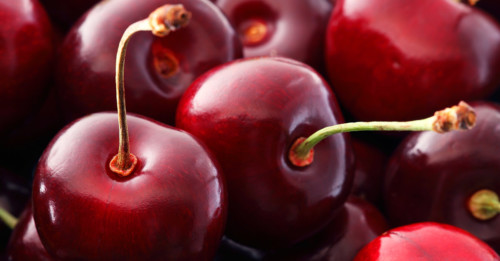Lambic isn’t something you’ll come across as casually as a Pale Ale or a Stout. It’s a very specific, kinda weird, and pretty cool category of beer style that has some fairly ancient history. But if you do encounter it, which you may well as craft beer continues its sudsy explosion, there’s one keyword to remember: sour.
Lambic (Unblended) Essential Info
- Color: Pale to deep gold
- ABV: 5%-6.5%
- Commercial Examples: Cantillon Grand Cru Bruocsella, Cantillon Iris, Vanberg & DeWulf Lambickx
Lambic, by definition, is something unexpected. And it’ll taste that way. The result of spontaneous fermentation] (meaning brewers allow yeasts and microbes from the surrounding environment to ferment the beer, instead of choosing their own carefully cultivated yeasts), the flavor of a lambic is really an expression of where it was brewed. Since all lambics are brewed in one region in Brussels, we can assume the microbes and yeasts there are pretty awesome, and a little funky, since they tend to produce consistently sour, complexly fruity, and—after they’re aged—funky, barnyardy beers that taste unlike anything in the world. Unfortunately, because of how they’re produced, most unblended lambics are only available locally, so if you’re not in Brussels, you’re out of luck, and lambic. But Cantillon Grand Cru Bruocsella is one version that’s commercially available.
Fruit Lambic Essential Info
- Color: Pale to deep gold
- ABV: 5%-6.5%
- Commercial Examples: Lindemans Framboise, Cantillon Kriek 100% Lambic, Lindemans Peche
It was only a matter of time before lambic brewers in Brussels began trying to tame and/or play off the natural sourness and funkiness of unblended lambic. Their solution: fruit. With some sweetness, roundness, and even some natural tartness of its own, certain fruits were an ideal match for the sour lambic style. Often produced by mixing younger and older lambics and adding fruits—especially cherries, raspberries, cassis, and peach—and allowing the fruit sugars to fully ferment. Young fruit lambics will have more fruit flavor, but the older they get, the more the sour-funk of the lambic will take over the bottle. Which, depending on your tastes, can be a wonderful thing or something to avoid.
Gueuze Essential Info
- Color: Gold
- ABV: 4%-8%
- Commercial Examples: Cantillon Gueuze Lambic, Boon Oude Geuze, Lindemans Gueuze Cuvee Rene
Gueuze, in a sense, is even more lambicy than lambic. A blend of old and young lambics that’s aged even more, getting more funk and sourness from the microbes in the oak casks, a good gueuze is actually going for balance. There’ll be an assertive sourness and acidity, but ideally it’s balanced out by some presence of malt, integrated complex (dry) fruit flavors, and even some oak characteristics borrowed from the cask. Bottle conditioned (refermented in the bottle), it’ll have more carbonation than a lambic, which actually has little to none. Terms like “Oude” and “Traditional” on the bottle might denote a Gueuze. When in doubt, take a sip. Just get ready to pucker up.
